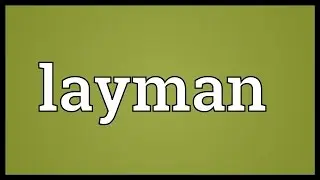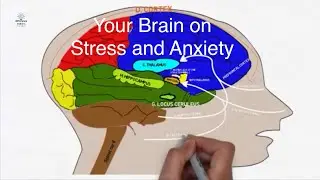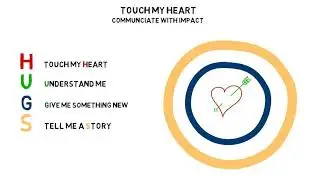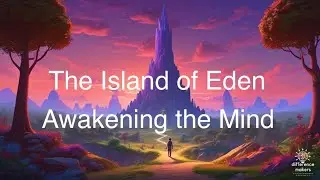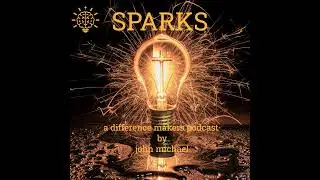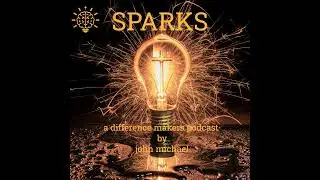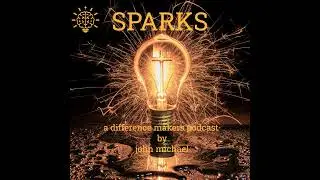The Embrace of Effective Communication
Ideas are the golden coins of our modern era. Your ability to convey these precious ideas with persuasion and passion is the key that unlocks the doors to your dreams. To spread your message effectively, you need a fresh, contemporary approach to communication.
Let me introduce you to the art of HUGS.
Yes, HUGS! Communicating with impact requires us to embrace new principles—principles that transform our words into a warm, compelling, and memorable experience.
The Magic of Stories
Science tells us that stories do wonders for our brains. They light up our minds, creating connections that mere facts and figures could never achieve. When we share a story, our audience steps into our world, often adopting our perspective.
The Theatre of the Mind
Think of your Pre-Frontal Cortex (PFC) as a grand theatre stage. Here, your focused thoughts are like actors performing under the spotlight. But beware, as the stage is limited—only a handful of actors (or thoughts) can perform at once, just like how we remember phone numbers.
Imagine the stage filled with actors representing incoming information from the world around you. At the same time, audience members—your inner thoughts—clamber onto the stage, all vying for the spotlight of your attention.
Capturing Attention
Our minds are designed to focus on what’s unusual, new, or potentially threatening. This role is played by the Anterior Cingulate Cortex (ACC), the vigilant guard always on high alert.
When this guard senses something novel or alarming, it releases cortisol, the stress hormone, from the Amygdala, prompting us to snap to attention. Picture the ACC as a steadfast sentinel, ever ready to ring the alarm bells.
But how do we hold onto that attention?
Sustaining Attention: The Power of Tension and Emotion
To keep someone’s attention, we must weave tension into our tales. Like the suspense in a gripping novel, tension makes us yearn for what happens next. As this tension builds, our hearts latch onto the characters in the story. This emotional bond triggers the release of oxytocin, the “love hormone,” fostering empathy and trust.
A well-told story offers moments of satisfaction—little victories that delight our minds, thanks to dopamine, the “happy chemical.” These moments keep our audience engaged and committed.
Moving Beyond Boring Communication
Dull communication—laden with just facts and devoid of emotion—fails to captivate. Without an emotional link, there’s no dopamine to anchor the memory, and thus, we forget.
Facts alone have no heart; no oxytocin flows to build trust. It’s time to say goodbye to boring presentations.
Telling a Good Story: The Key to Engaging Communication
To capture and keep someone’s attention, tell them a compelling story. Tap into the brain’s natural response:
Use a storyline to introduce tension and capture attention.
Build the tension to maintain interest.
Hold attention long enough for your audience to empathise with your characters, producing oxytocin and trust.
Ensure your characters experience small triumphs, bringing the story to a positive conclusion. This releases dopamine, keeping your audience happy and locking the facts into their memory.
Where Do I Start?
Passion fuels the best speakers. It’s the fire that lights up their tales. To find your fuel, reflect on a story that resonates deeply with you.
Think of the most stirring speech you’ve ever heard—it was a story. Recall your favourite movie—it too was a story. Look back at a significant event in your own life—there lies your story.
Start there. Embrace the art of storytelling, and watch your words transform minds and hearts.
This is a public episode. If you would like to discuss this with other subscribers or get access to bonus episodes, visit differencemakers.substack.com (https://differencemakers.substack.com?utm_medium=podcast&utm_campaign=CTA_1)
